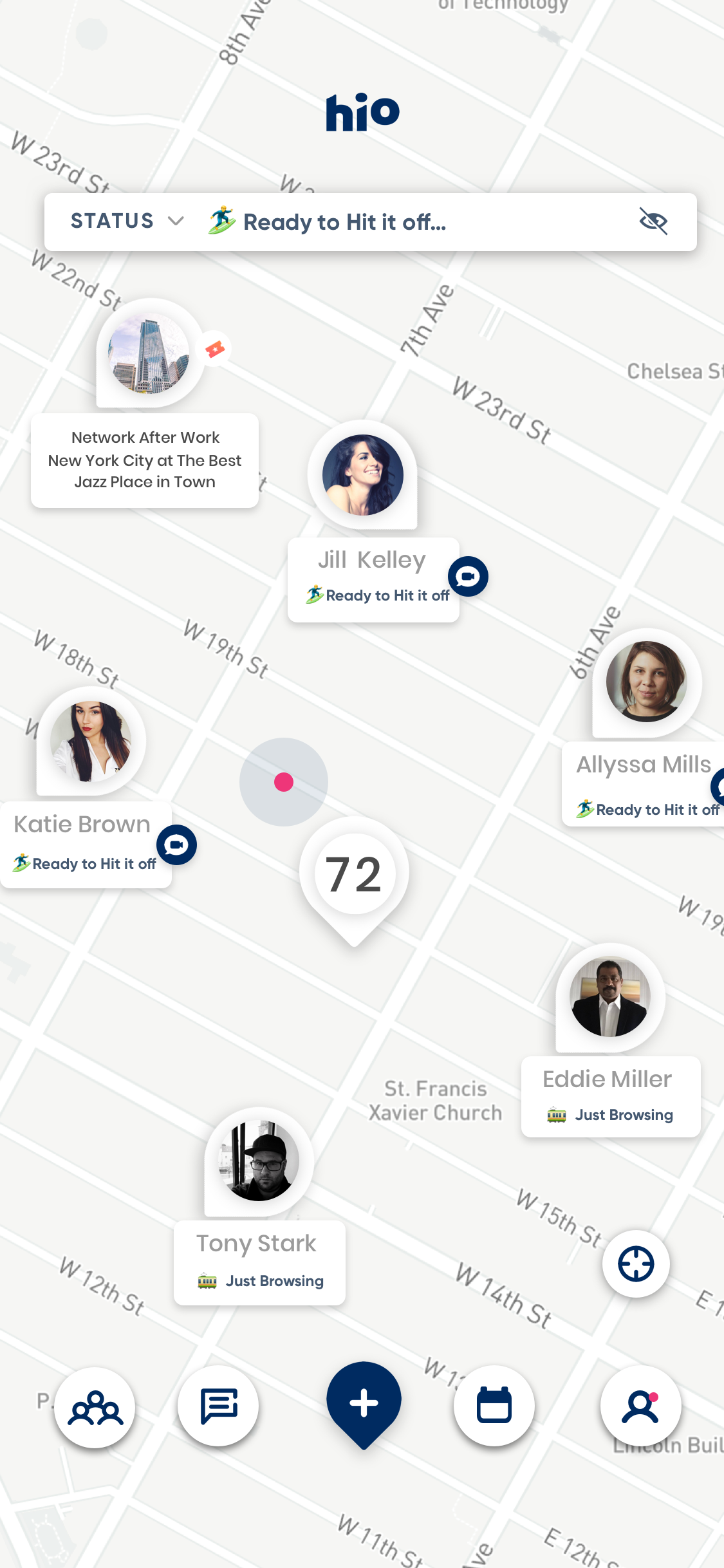In just a few weeks, homeschooling has gone from a rarity to a baseline in homes across the country.
Jonah Liss, a 16-year-old student at International Academy of Bloomfield Hills in Michigan, was sent home out of precaution due to the coronavirus outbreak.
While the transition has been okay for Liss, who has used some of the extra time to create a service to help those impacted by COVID-19, he recognized that other students are experiencing some pain points; not everyone has access to the same technology outside of school, so they can’t complete assignments. The school, he says, isn’t giving tests because they have no way to prove students aren’t cheating. And learning doesn’t feel personalized.
“It can be difficult to learn in an environment where there is less structure, direct instruction and ability to ask as many questions as possible,” Liss said. His school is placing emphasis on Google Classroom, Hangouts, Zoom and Khan Academy — all currently free for schools that have been shut down.
Edtech companies are seeing a usage surge because they’re offering services for free or at discounted rates to schools that are scrambling to switch to remote learning. But when students return to campus, many of the hurdles to adopting education technology will persist.
And as edtech startups find their time in the spotlight, these emerging challenges must be addressed before companies can truly convert those free customers into paying ones.
Source: Tech Crunch Startups | What happens to edtech when kids go back to school?
